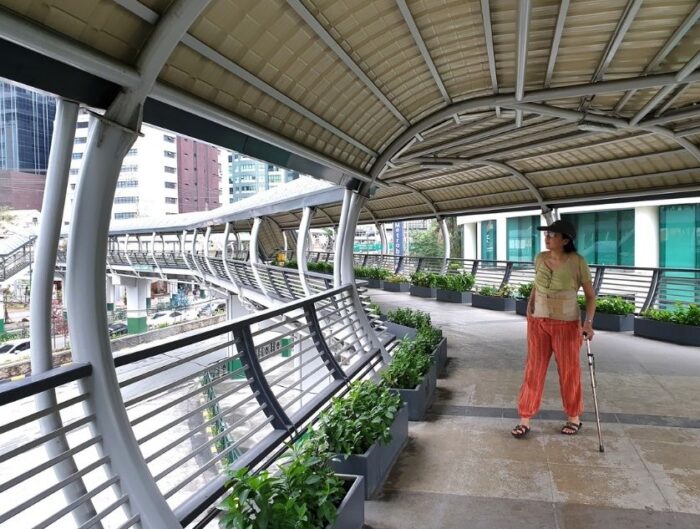Public art need not always be made of brass or bronze. It can be temporary – made of wood and bamboo. Or ephemeral – like flowers.
Toym Imao is a graduate of Architecture from UP Diliman. If not for his father, National Artist, Abdulmari Asia Imao, Toym would’ve studied Fine Arts in UP. But the elder Imao, speaking from the experience of an artist who had yet to break through, warned him that “there is no money in the arts.” As a compromise, Toym put Architecture as his first choice on the UPCAT form. Upon graduation in 1993, he set up an architecture firm with friends and classmates, but eventually, the call of the arts was too loud to ignore. Toym found himself taking on public art projects, designing shrines and building monuments. His undergraduate degree holds him in good stead as he has the design perspectives of a trained architect. His architectural skills are put to good use as he builds more-than-life-sized monuments and public art installations. His public artworks are always accomplished with masterful craftsmanship and display architectonic strength and historical depth.
Toym’s first two public art installations for 2021 aim to commemorate two entirely different events. The first one, installed at the UP Diliman Oblation Plaza is “Barikada.” It is assembled from bamboo, old classroom tables and chairs, and sculpted symbols and icons. It commemorates the 50th Anniversary of the Diliman Commune (February 1971) where students and faculty barricaded UP against encroaching police and military.
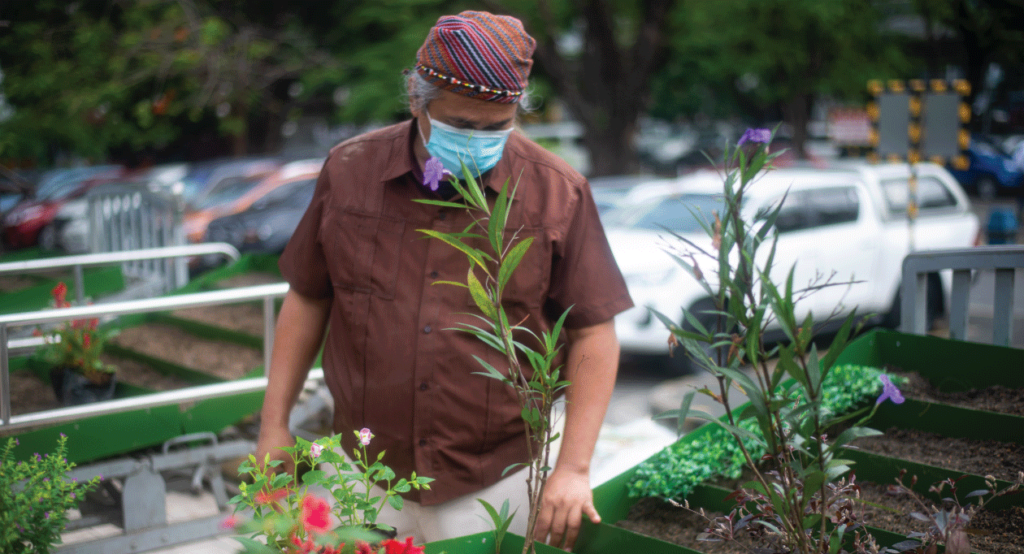
Barely a month later, Whispering Flower Beds at the Philippine General Hospital in Manila would come to fruition. While Barikada was planned with UP Office for Initiatives in Culture and the Arts as early as 2020, the Whispering Flower Beds was borne from a flash of inspiration and serendipitous moments. It all started when Bibeth Orteza messaged Toym of her husband Carlos Siguion-Reyna’s experience as he was leaving the Philippine General Hospital after a COVID swab test. Carlos was emotionally overwhelmed by the rows and piles of condemned hospital beds lined up along a side street in the PGH. It was a powerful sight that stayed with him until he came home.
Coincidentally, Toym also had an upcoming meeting with Dr. Leo Cubillan of the National Institute of Health two days later. When they met, Doc Leo brought Toym to where the hospital beds were. Like Carlos, Toym had goosebumps over the power that emanated from the piles of discarded beds, the stories they could tell. Each single bed could tell hundreds of stories of birth, suffering, healing, caring, recovery, death, love. Set aside to try to be repaired or given new life in other hospitals, or permanently junked because there was no way they could be refurbished, those piles of beds tell of a much bigger story of neglect and struggle.
Immediately, Toym’s mind started visualizing how these beds could be used and repurposed to create a tribute to our medical frontliners who have fallen due to COVID, given that it was also almost one year since COVID struck the country. Beds…stories…flowers for the departed. Flowers to show gratitude…Before he left PGH, Toym had the beginnings of Whispering Flower Beds in his head.
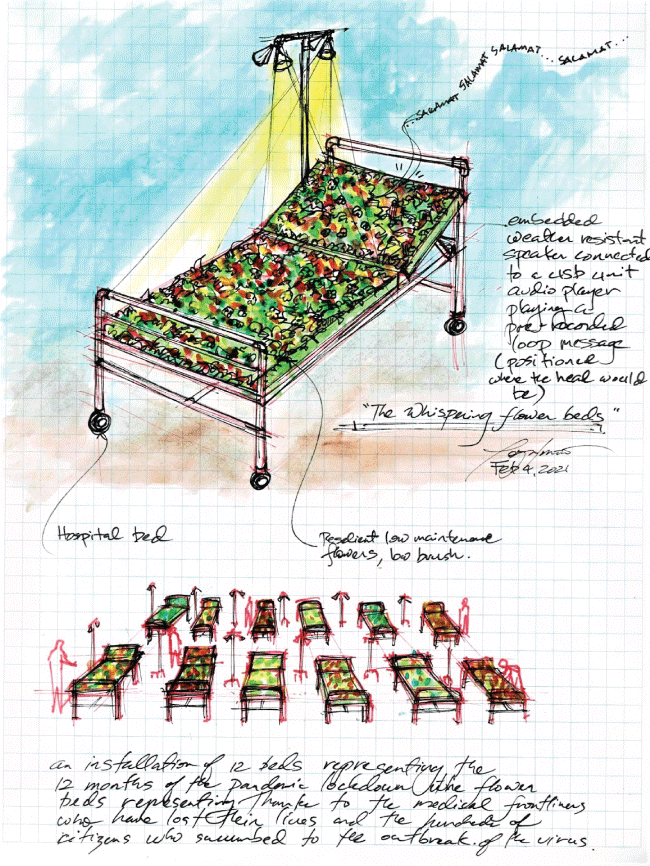
Back in his studio, Toym chanced upon another friend, Zena Bernardo, also an activist who ran feeding kitchens in Marikina City during the ECQ and a plantita during her spare time. He shared his day with Zena and immediately they got to talking about what kind of plants they could use for the make-shift garden. They decided on sunlight-tolerant and drought-resistant plants like portulacas, and the colorful mayanas. They also placed kataka-takas in some beds. Kataka-taka is known for its medicinal properties and the amazing way it reproduces. It grows many small plantlets along its leaves. These plantlets detach from the mother plant and grow where they fall. It is the same plant that Guillermo Tolentino included at the feet of the Oblation.
From the Ortezas, Zena and Toym, the creative team grew to include Prof. Lisa Ito of the Concerned Artists of the Philippines, Director Krix San Gabriel, Lights Designer Katsch Catoy, and other volunteers. The proposal was presented to PGH Director Dr. Gap Legaspi who whole-heartedly supported it. What was supposed to be a quiet installation with volunteers planting the plants and flowers on the flower beds soon expanded to a full tribute program ALUYAN NG PAGHILOM originally scheduled for March 30 (now moved to April 4, Easter Sunday or on April 9, Araw ng Kagitingan- because of the surge in COVID cases in NCR.)
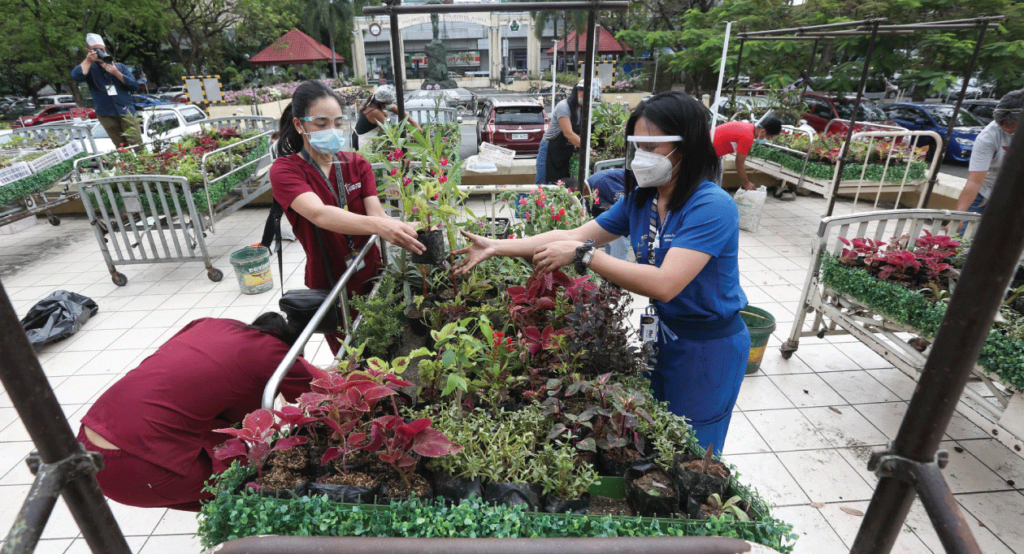
Everyone involved in the project has had a brush with the devastation that COVID causes. Bibeth’s brother, Dr. Neil Orteza was one of the first frontliners to fall in the line of duty because of COVID. His three daughters (all connected with the PGH) helped plant on the launch of the art installation. Zena helped feed poorer Marikina communities (many lost their jobs) during the lockdown. She also attended to the funeral concerns of a Marikina City doctor who passed from COVID, who turned out to be the parent of Toym’s daughter’s classmate. As the kid’s whole family was quarantined, Zena and Toym assisted with the procurement of death certifications, cremation and bringing her ashes home to her loved ones.
There are so many stories to tell and remember. Stories that are sad. Stories that are hopeful. These narratives will be put into an audio collection and will be heard whispered from the twelve hospital beds (12 to represent the 12 months since our lives were horribly disrupted.) There will be testimonies, sharing, and expressions of gratitude to the kins of doctors, colleagues, and friends of fallen frontliners. The program will be streamed online along with the launching of an online platform to share all the contents and stories that went into the program and art installation so as to reach a wider audience. It is hoped that through this installation, we continue to be vigilant and demand more from our leaders’ policy responses to this pandemic. That we never forget our fallen frontliners; and remember that our health care workers continue to be our first line of defense and lifeline against this COVID outbreak. Let us remember the fallen and continue to fight for what is right amidst this pandemic.
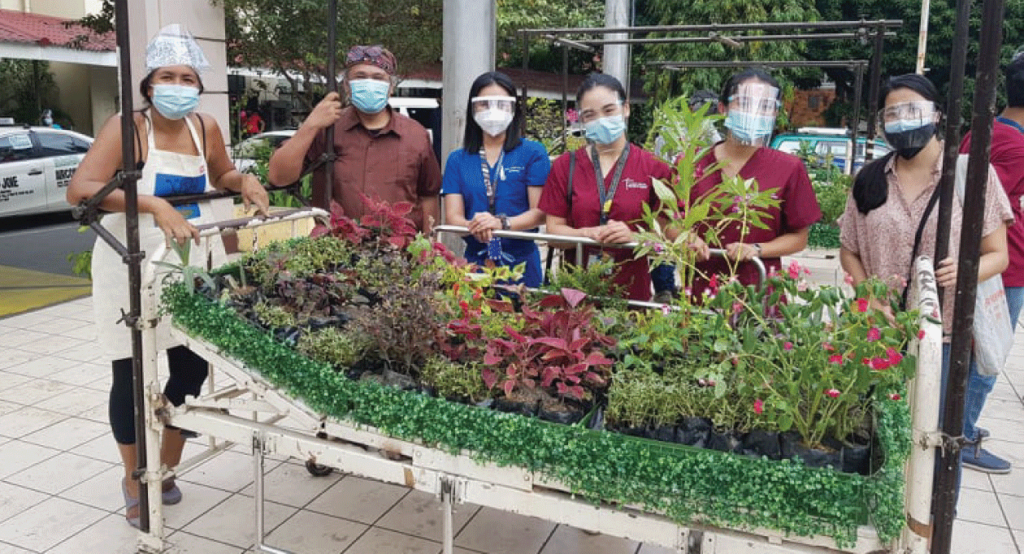
Share





